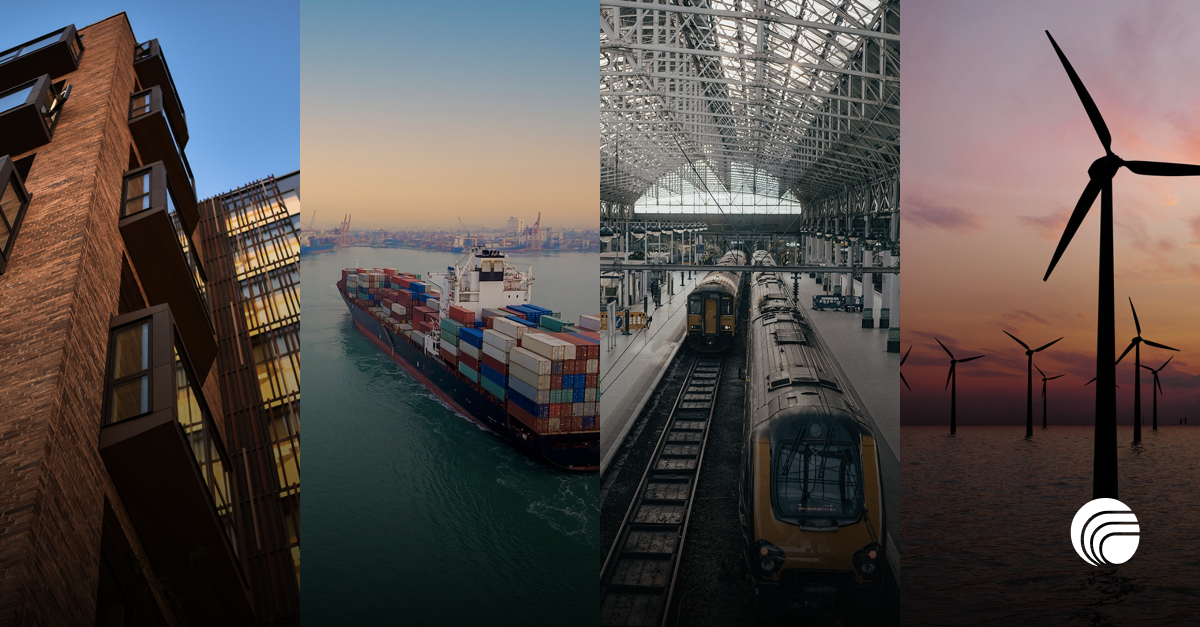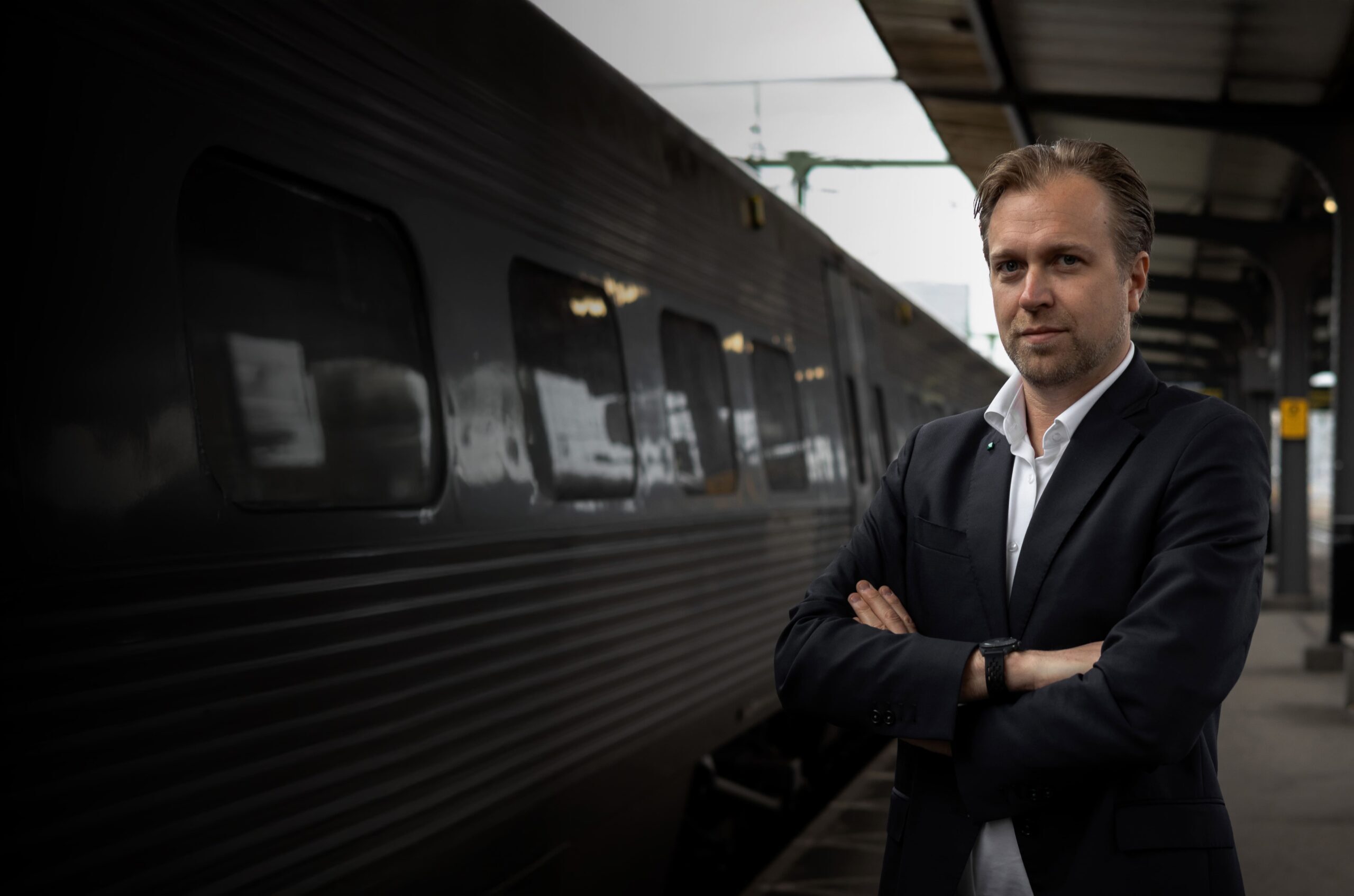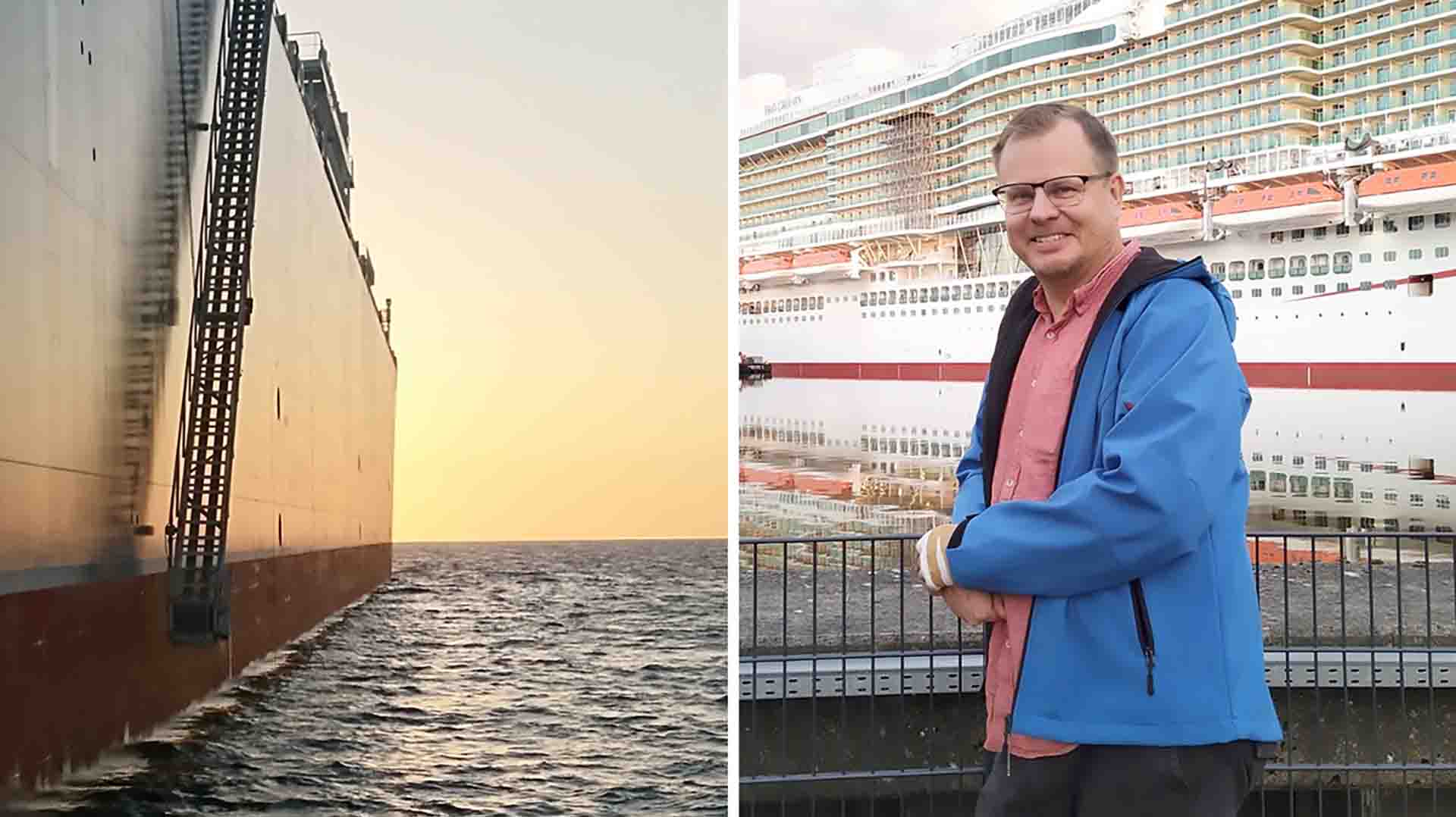For over a quarter of a century, Martin Simonsson dedicated his career to ensuring fire safety on ships at sea. While visiting the passenger terminal in Kiel, we joined Martin on a tour of one of the ships equipped with Consilium’s fire safety systems.
It is a gray and windy morning, and as we make our way towards the quay, Martin smiles and says: “I hope you brought warm clothes.”
Martin joined Consilium in Gothenburg in 1997 and has since traveled all over the world to supply fire safety systems on over a thousand ships.
He reflects on the changes in technology since he started, noting that they used to send technical information via fax. “A lot has happened since then”, he says.
Advancements in technology have led to the use of more sophisticated systems, such as thermal cameras. Now the crew members can detect fires through an application.
For Martin, it has been fascinating to witness these developments firsthand and work with different solutions directly on the ships.
“Technological developments have offered great opportunities”, Martin explains.
“The fact that we can deliver a well-integrated system that effectively connects thousands of fire detectors is amazing. We are a strong driving force in this development. With constant investments in research and development of new technologies, we have contributed to increased fire safety, both on land and at sea.”
Consilium Safety Group has grown from a small family business to a world leader in fire safety technology. Martin is proud to have been a part of it from the beginning.
“There’s a reason I’m doing this,” he says, emphasizing the importance of the safety systems he works with in helping to save lives.
A shrill voice from Martin’s radio signals us to board the ship. As we head towards the bridge, Martin points at the balconies and tells us that over 1900 fire detectors have been installed on them alone, which indicates the magnitude of the projects they work on.
The ship we are on is one of the largest passenger ships powered by liquefied gas. Martin explains that they have delivered an extensive gas alarm system to the ship’s LNG machinery, which is crucial because these ships run on methane gas.
Once on deck and a few flights of stairs later, Martin takes us to the control room and shows us how the system he works with can effectively alert the crew to a potential fire.
“One of the biggest safety risks on a ship is a fire. It could have devastating consequences, especially with thousands of people on board. With our fire safety services and products, you get an early indication of smoke and heat formation. The most important thing about fire safety is to act early. One or two minutes can make all the difference, turning a small, manageable incident into losing an entire vessel.”
As we make our way to the deck, Martin stops at one of the balconies to take in the view of the sea horizon. He tells us that the ship environment is something he holds dear.
“Being out on the ships, getting to know the systems and the people on site has been a great driving force for me”, Martin says.
He explains that the purpose of his work is always at the forefront of his mind and is something he carries with him daily.
“The fact that you can be involved in preventing fires and saving lives is something I am very proud of. That’s one of the reasons why I’ve been doing this for more than 25 years.”
As our tour comes to an end, Martin checks his watch and tells us that he needs to board another boat soon. Once back on land, I ask Martin about his thoughts on the future of ship fire safety technology. He pauses and looks thoughtfully at the ship behind us before answering.
“Opportunities. With innovation and technology and people who are passionate about working together to save lives, protect properties, and preserve our planet, we can achieve great things. Every ship saved from burning out on the oceans is a significant step toward safeguarding the ecosystem of the oceans”,says Martin Simonsson.
Latest news
News archive
Patrik Andersson appointed New Chairman of the Board at Consilium Safety Group

Consilium expands into Türkiye’s shipbuilding hub through the acquisition of Ares Marine

